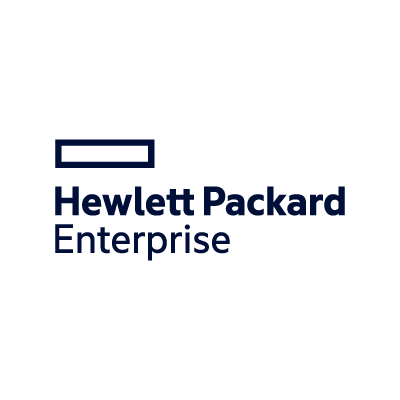Alfa Romeo Racing C38-Ferrari



Survival cell
The survival cell is the base upon which the entire car is built.
A modern Formula One car’s chassis is made from a sandwich style carbon composite structure. It offers superior stiffness to weight ratio and structural integrity.
The survival cell accommodates the driver’s cockpit area and it is secured to the engine and gearbox by 6 fasteners.
Engine and gearbox
In the current era of hybrid Formula One engines, the main power source is provided by a V6 1600cc engine, mated to a single turbocharger. The energy harvested during a lap by the Energy Recovery System (ERS) is accumulated into a battery pack and deployed via a 120kW electric motor.
The gearbox has 8 forward gears and 1 reverse gear.
The entire drivetrain is supplied by Ferrari.
Tyres
The tyres are another key element. For the 2019 season, Pirelli is once again the official tyre supplier for the FIA Formula One Championship. Pirelli provides five dry tyre compounds and two wet tyre compounds. The dry tyres options (code named C1 to C5) cover the full range from hardest to the softest compounds for the season. The two wet tyre compounds are the Xtreme Wet and the Intermediate. Three dry tyre compound options are defined by Pirelli for each race and will always be called: Hard (white color) / Medium (yellow) and Soft (red) . Teams then have the opportunity to select how many of each tyre to bring to a Grand Prix (total of 13 tyre sets per car) in order to optimise running and performance throughout the weekend.
Technical data
| Feature | Description |
|---|---|
| Chassis | Carbon-composite monocoque |
| Front suspension | Double wishbone, inboard spring and damper unit actuated by push-rods |
| Rear suspension | Multilink, inboard spring and damper elements actuated by pull-rods |
| Brakes | 6 piston Brembo brake callipers, carbon-composite and discs and pads (Carbon Industries) |
| Transmission | Ferrari 8-speed quick-shift carbon gearbox, longitudinally mounted, carbon-composite clutch |
| Chassis electronics (CE) | MES |
| ERS | Ferrari |
| Steering wheel | Alfa Romeo Racing |
| Tyres | Pirelli |
| Wheels | OZ |
Dimensions & weight
| Length | 5,500 mm |
| Width | 2,000 mm |
| Height (without T camera) | 950 mm |
| Track width, front | 1,650 mm |
| Track width, rear | 1,550 mm |
| Weight | 740 kg minimum weight including driver at all times |
Ferrari engine
| Feature | Description |
|---|---|
| Configuration | V6 90° |
| Displacement | 1,600 cc |
| Bore | 80 mm |
| Stroke | 53 mm |
| Valves | 4 per cylinder |
| Maximum rev | 15,000 rpm |
| Turbo charging | Single Turbo |
| Maximum fuel flow | 100 kg/h |
| Maximum fuel capacity | 110 kg |
| Injection | 500 bar – direct |
| Units per driver | 3 |
ERS System
| Feature | Description |
|---|---|
| Battery energy (per lap) | 4 MJ |
| MGU-K power | 120 kW |
| MGU-K maximum revs | 50,000 rpm |
| MGU-H maximum revs | 120,000 rpm |




































































